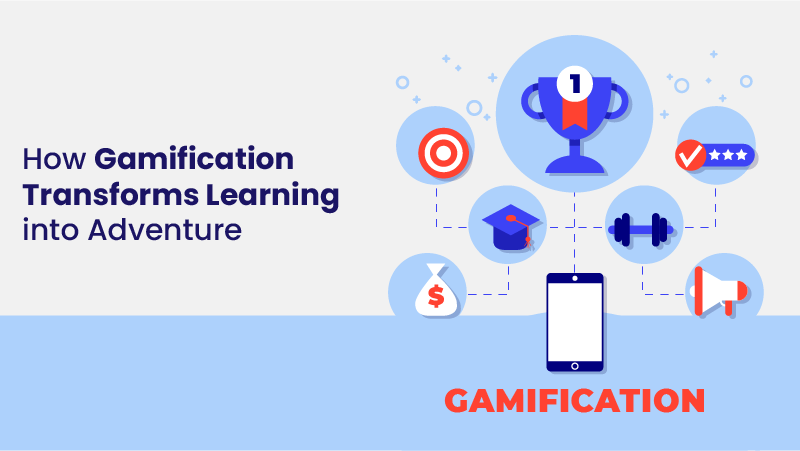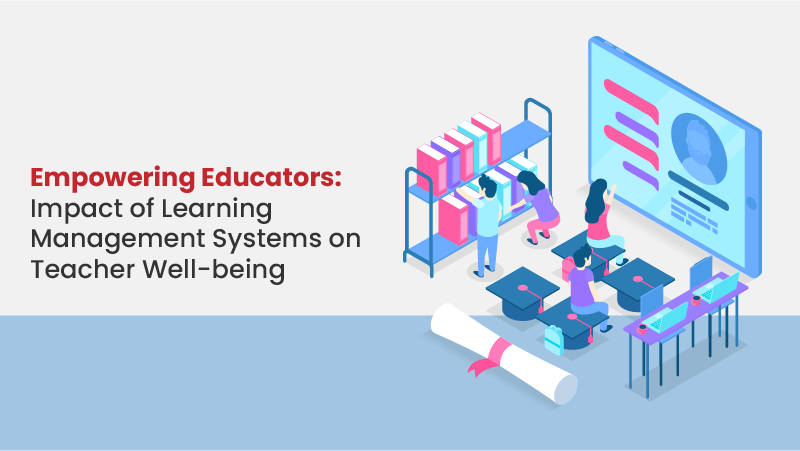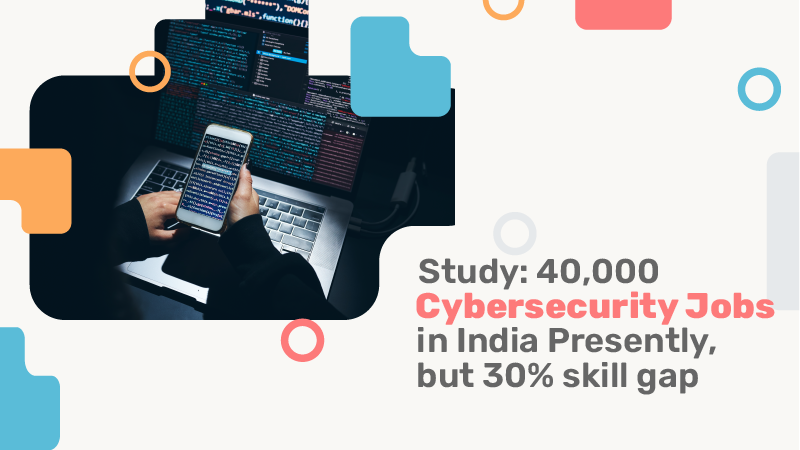Trending Now
Thursday, Nov, 2024
Home / How Gamification Transforms Learning into Adventure
How Gamification Transforms Learning into Adventure
Gamification is not merely about turning lessons into games; it's about leveraging the innate human desire for competition, achievement, and progression to drive learning outcomes. By integrating game-like elements such as points, badges, leaderboards, and challenges into the educational experience, gamification transcends the conventional boundaries of learning.
 by Pragti Sharma /
by Pragti Sharma /  19 Dec 2023 19:54 PM IST /
19 Dec 2023 19:54 PM IST /  0 Comment(s) / 203
0 Comment(s) / 203

In a world brimming with distractions, engaging students in the learning process has become a formidable challenge for educators. Enter gamification - a dynamic approach that infuses elements of games into educational contexts, revolutionizing the way students interact with and absorb information.
Gamification is not merely about turning lessons into games; it's about leveraging the innate human desire for competition, achievement, and progression to drive learning outcomes. By integrating game-like elements such as points, badges, leaderboards, and challenges into the educational experience, gamification transcends the conventional boundaries of learning.
Engaging the Unengaged
Traditional educational methods often struggle to captivate every student. Gamification, with its interactive and immersive nature, has the potential to captivate even the most disengaged learners. It transforms mundane tasks into quests, making learning an exciting journey rather than a tedious obligation.
Fostering Intrinsic Motivation
One of the most profound impacts of gamification is its ability to instill intrinsic motivation in students. As they progress through levels, earn rewards, or compete with peers, they're motivated not just by external rewards but by the sense of accomplishment and mastery they gain from the learning process itself.
Customized Learning Paths
Gamification allows for personalized learning experiences. By adapting to individual progress and preferences, these systems tailor challenges and content, ensuring that each student follows a learning path suited to their pace and style.
Cultivating Collaboration and Problem-Solving Skills
Games often require teamwork, strategic thinking, and problem-solving. When applied to education, gamification encourages collaboration among students, fostering an environment where they learn from each other and develop essential skills beyond the curriculum.
Real-world Applications
Gamification extends beyond classroom walls. It's increasingly utilized in corporate training, healthcare, and various industries to enhance engagement and skill acquisition.
Overcoming Challenges
While gamification offers immense potential, its implementation requires thoughtful planning. Balancing game elements with educational objectives, avoiding over-gamification, and ensuring inclusivity are challenges that educators must navigate.
The Future of Learning
As technology advances, the potential for gamification in learning grows. Virtual reality, augmented reality, and AI-powered adaptive systems will further revolutionize how we gamify education, creating more immersive and personalized learning experiences.
In conclusion, gamification in learning isn't about replacing traditional teaching methods but augmenting them to create dynamic, engaging, and effective educational experiences. By harnessing the power of gamification, educators can unlock a world where learning becomes a thrilling adventure, inspiring students to explore, learn, and grow in ways previously unimaginable.

Blog / February 11, 2024
Mastering Spoken English: A Journey Through Real-Life Conversations

Blog / January 19, 2024
The Crucial Need for Cybersecurity Education in School Curriculums

Blog / December 01, 2023
Empowering Education: How Artificial Intelligence Shapes the Future of Learning

Blog / September 10, 2023
Looking for Scholarships? 3 Programmes to Apply for by September-October 2023

Blog / May 11, 2023
Top 10 Career Choices for Generation Z

Blog / April 28, 2023
Careers in Nursing in the UK

EShort / February 16, 2024
IMS Noida Admissions 2024: Apply for UG, PG programmes

EShort / February 16, 2024
GATE 2024: Response sheet out

EShort / February 16, 2024
BSSTET 2023: Admit card released

EShort / February 16, 2024
NID DAT 2024: Prelims result released

EShort / February 16, 2024
IIT JAM 2024: Response sheet released

Jobs / February 16, 2024
UPSC Recruitment Drive 2024: Apply for 120 vacancies in various departments

EShort / February 14, 2024
UPSC CSE 2024: Official Notification issued; application process begins

Editor's Desk / April 17, 2020
How Does Society Impact Our Education?

Current Affairs / April 22, 2020
Mr. Sudarsanam Babu appointed to U.S. Science Board.

Reforms / April 17, 2020
Traditional Structure of Education In India
.jpg)
Events & Seminars / April 17, 2020
PISA!!

Blog / February 26, 2021
Government's Action On #ModiRojgaarDo

EShort / May 19, 2022
CUET PG 2025 has started the registration process.

Notice Board on Important Dates / April 21, 2020
World Heritage Day

News / July 08, 2021
JEE Mains Registration For Session 3: Last Date To Apply

EShort / December 14, 2021
UPSC Declared Final Result For DCIO Recruitment



















0 Comments
Post Comments